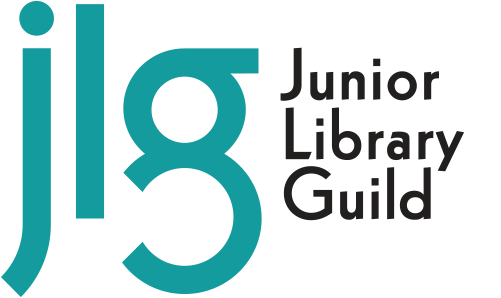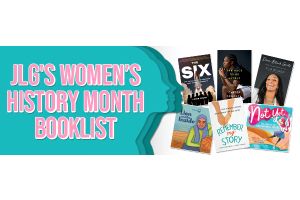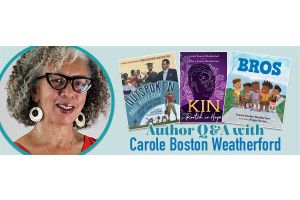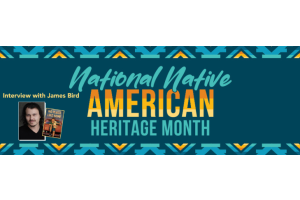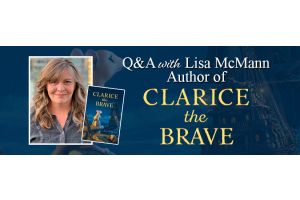Q & A with Martin Lemelman

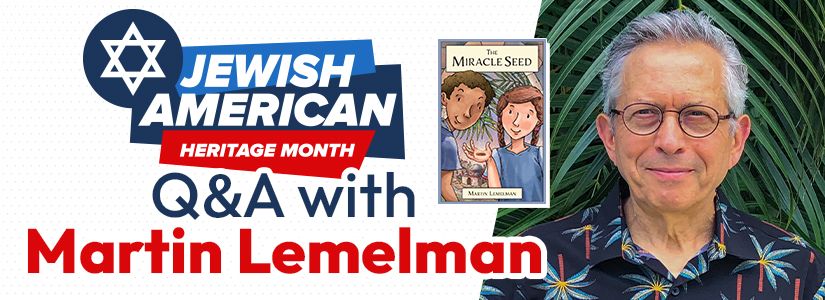
May is Jewish American Heritage Month, and here at JLG, we know some amazing Jewish authors and illustrators who can help you and your libraries preserve Jewish history and culture! We spoke with Martin Lemelman, certified Florida Master Gardener, and—importantly—the author of the The Miracle Seed.
Martin is an author, illustrator, professor, and a passionate gardener who began his artistic journey at an early age when he found a dried-out pack of paints in his father’s tiny Brooklyn candy store. He loves drawing and writing and considers these acts his meditation. When Martin is not in his art studio or garden, you can find him riding his bicycle or sitting in a coffee shop gathering ideas for his next project.
Do not miss this special blog where we learn more about Martin’s graphic novel, his thoughts on miracles, and how his parents taught him resilience by surviving the Holocaust.
Q: How did you first learn about the “Miracle Seed” and why did you feel compelled to share its story with others?
A: When I came across an article in a newspaper about two scientists bringing the long-lost Judean Date Palm back from extinction, I was hooked. With further research, I discovered this true story contains elements of hope, sadness, and rebirth. It's also a story filled with mystery, conflict, and surprise– a true life Jurassic Park!
I looked through many sources and was determined to find out all I could, and then it hit me— why not go to the source! So, I decided to contact Dr. Elaine Solowey, retired Director of the Center for Sustainable Agriculture at the Arava Institute for Environmental Studies and one of Israel’s top experts on plants. She is the special person who took a 2,000-year-old dusty Judean date palm seed—the seed of an extinct plant—and miraculously brought it back to life. I wrote to her many times with questions about her process. She graciously wrote back to me. Dr. Solowey is a very patient person and thankfully was not annoyed with all my questions!
*chuckles*
She helped me make this story scientifically accurate and interesting for all ages. As I learned more about the “Miracle Seed,” I understood what a magnificent story of rebirth it was. I felt compelled to tell the story to young people—about 8-14 years old—yet I keep receiving feedback and questions from people my age and older! My book, The Miracle Seed, has taught them things about plants that they never knew. Happily, the story of the “Miracle Seed” has proven to have something for everyone.
Q: Tell us a little about your writing process for this historic and scientific graphic novel.
A: The Miracle Seed has gone through many iterations. It took a lot of changes and tweaks to get this book right. Initially, I wrote a rough version of the book based on a rougher outline. Next comes pagination, which means creating a simple black and white book with text and simple sketches. After that, I started drawing in earnest. Amazingly, as I created the images, I found that I needed to change my text. It becomes a dance between the words and the art. The words first inform the art; then my art informs my words. After many months of this dance—of redrawing and rewriting—I finally scan my finished drawings into the computer and begin coloring them using the program Photoshop.
Not only did I work tirelessly with Dr. Solowey to make this book scientifically accurate, but I also wrote this story in a way that is simple, clear, and exciting for kids—which was difficult but fun. I spent a lot of my time reducing my writing and keeping only what was essential. I wanted to keep my readers’ attention through the words and engage them through the images. I want the reader inspired, as well as informed. Ann Olswanger (my super-agent) and Kathleen Merz (my editor at Eerdmans Publishing) are two invaluable people that made this book better. Their suggestions and edits are greatly appreciated.
Q: Which character (plants included) do you relate to most in this story? Why?
A: I identify most with Dr. Solowey. We share a zeal and excitement for plants (and nature in general). Dr. Solowey just retired as Director of the Center for Sustainable Agriculture at the Arava Institute for Environmental Studies and now works as a researcher. She continues to feel fulfilled by her work. She wakes up every morning knowing there is adventure around the corner. I feel a special connection to this tree and this story on a personal level. By coincidence, my granddaughter, Hannah, shares her name with the first female Judean Date Palm seed to blossom.
Q: What do you think makes something a miracle?
A: I want to share two quotes that come to mind. The first is from Albert Einstein, he said, “There are only two ways to live your life. One is as though nothing is a miracle. The other is as though everything is a miracle.” He is telling us that it is a choice, that it is a mindset. We choose how we want to see what happens in our lives, whether we want to be optimistic or not. For instance, I am a gardener and I love to look at my milkweed plants. I have watched generations of caterpillars eat milkweed, destroying every single one of its leaves, but then in about a week, all the leaves are back. Once the caterpillar eats enough and creates its chrysalis, I get to see a beautiful butterfly break free. That is a miracle to me—the milkweed should be dead, but it is not, and instead it helps a caterpillar fulfill the stages of its life. It is a big, beautiful cycle that depicts the wonders of nature.
The second quote that comes to mind is from a Hebrew proverb and it translates to mean, “You should not rely on miracles.” People are so funny— we always look for miracles from the sky, but really, we should be focusing on what’s in front of us and how we can take our fate into our own hands. Once we do that, we can make all the miracles we want—no need to rely on someone or something else to do it for us. I like this quote because it reminds me of the story of the “Miracle Seed”: two scientists, making their own miracles—doing what should have been impossible. They reverse the process, take a seed that is over 2,000 years old and make it live again. Unbelievable!
The fact that I am here and have four sons and nine grandchildren is another miracle. My parent were Holocaust survivors who came to America with nothing, and built a life for their children.
Q: Both the “Miracle Seed” and the Jews exhibit resilience in your story and throughout history; has there been a defining moment in your life where you had to show resilience?
A: I learned early on about resilience from my parents: my mother and father both survived the Holocaust. From listening to my mother speak, I learned that you must be strong in your beliefs—that you cannot let life knock you down. When Hitler rose to power, my mother had a strong feeling that things were not going to be okay. She disagreed with her father, who thought conditions would be bad but livable. Thankfully, what my mother believed was so strong, she decided to go off on her own. Both she and my father are faces of resilience, and I am so thankful to have had them as my family.
The Miracle Seed is symbolic for the Jewish people. The Judean Date Palm tree was burnt, destroyed, driven to extinction but through the will and creativity of a few dedicated people, it was reborn into this world.
Q: How has your Jewish heritage influenced your writing?
A: I went to a Yeshivah school when I was younger and often listened as the Rabbis discussed law and the Bible. They taught us that every word in the Bible is important—every single word was placed there for a reason. There is so much symbolism in the Bible; words are used sparingly, but their impact and representation are where the significance lies. Throughout The Miracle Seed, I endlessly cut out words to simplify and clarify, but also to remind readers to dig harder, to read between the lines and sort out the story being told. For example, there is an illustration in my book of a section of the Arch of Titus depicting Roman soldiers carrying the looted Temple menorah. The illustration right below is that of a Jewish family raising their arms in the shape of a menorah. The Jewish people become the menorah! This is the power of symbolism, and if readers pay close attention to this book, they will see symbols everywhere.
I want to engage readers; the symbols are not obvious or easy to find. I hope that every time someone reads this book, they will find something new. Jewish history is old and filled with rich tradition, and I get to practice my preservation of Jewish culture through my love of storytelling.
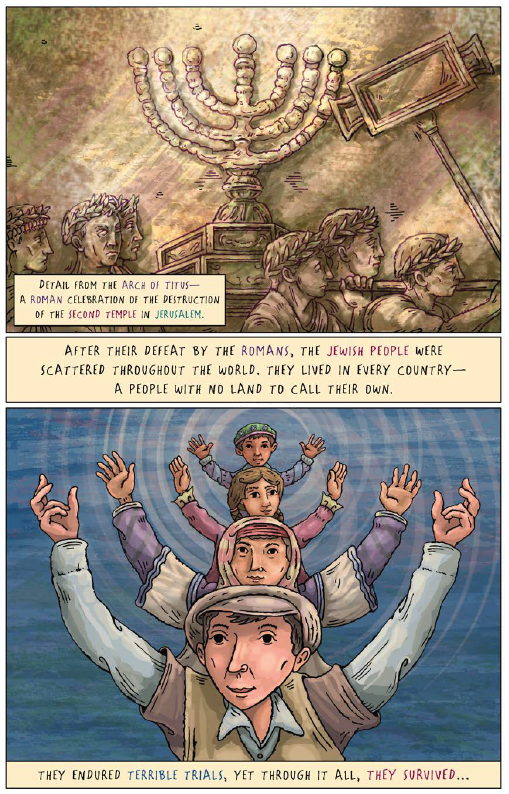
Q: What do you hope readers take away from this story?
A: I want readers to learn a little more about nature and inspire them to respect it and help where they can. It is so important to nurture and inspire kids, especially young girls who have not always been told that they can make important scientific developments, that they can become pioneers in STEM fields. Anyone should be encouraged to study exactly what interests them, and they should see themselves represented in literature. I think about my young grandchildren, and I want them to know that they are capable of doing anything and they can make this world a better place by pursuing their interests and using their talents. Who knows, maybe this book will inspire a young person to create their very own miracle ten years from now!
Martin enjoys spending time gardening with his grandchildren, who also have quite a green thumb!
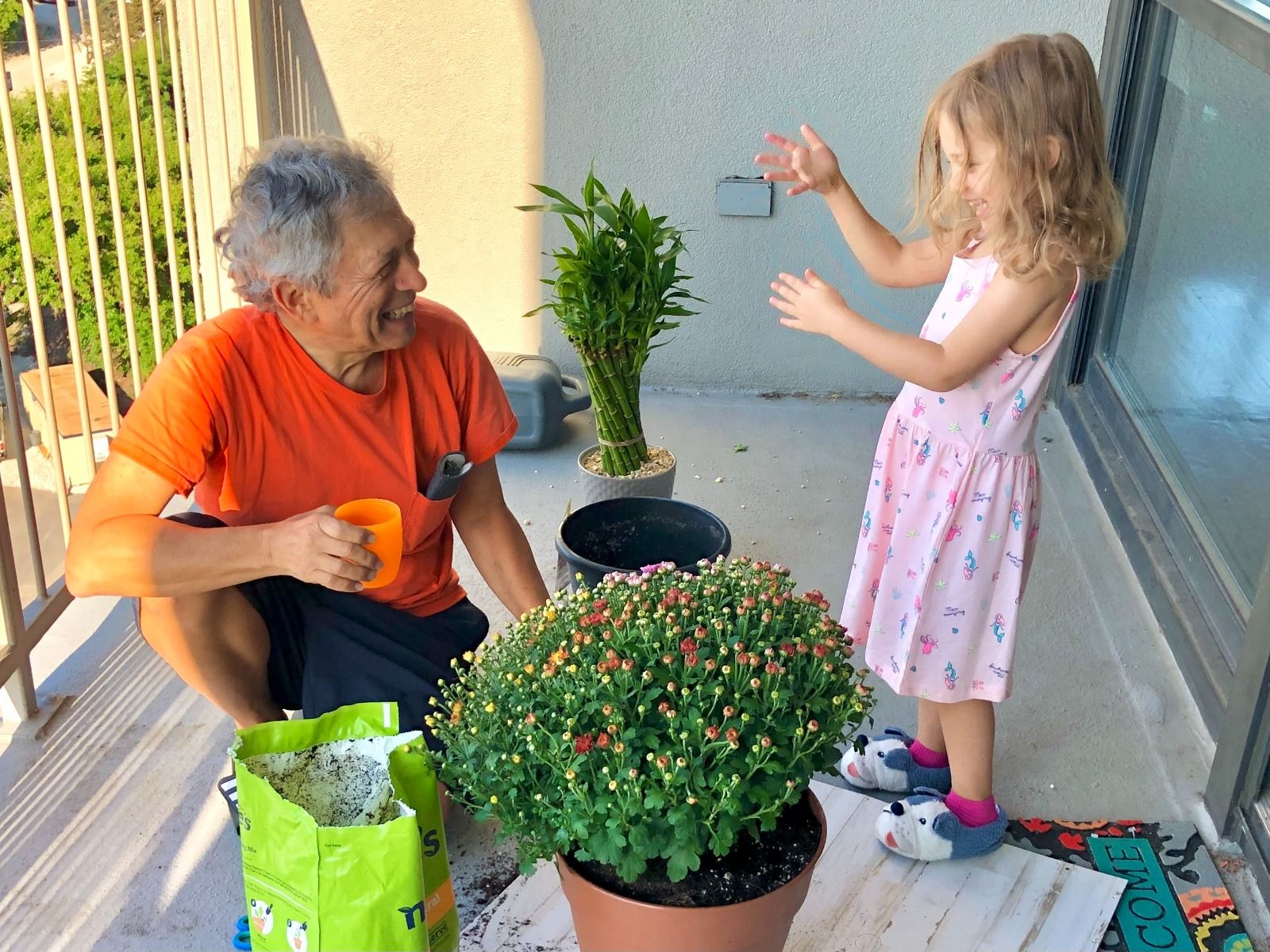
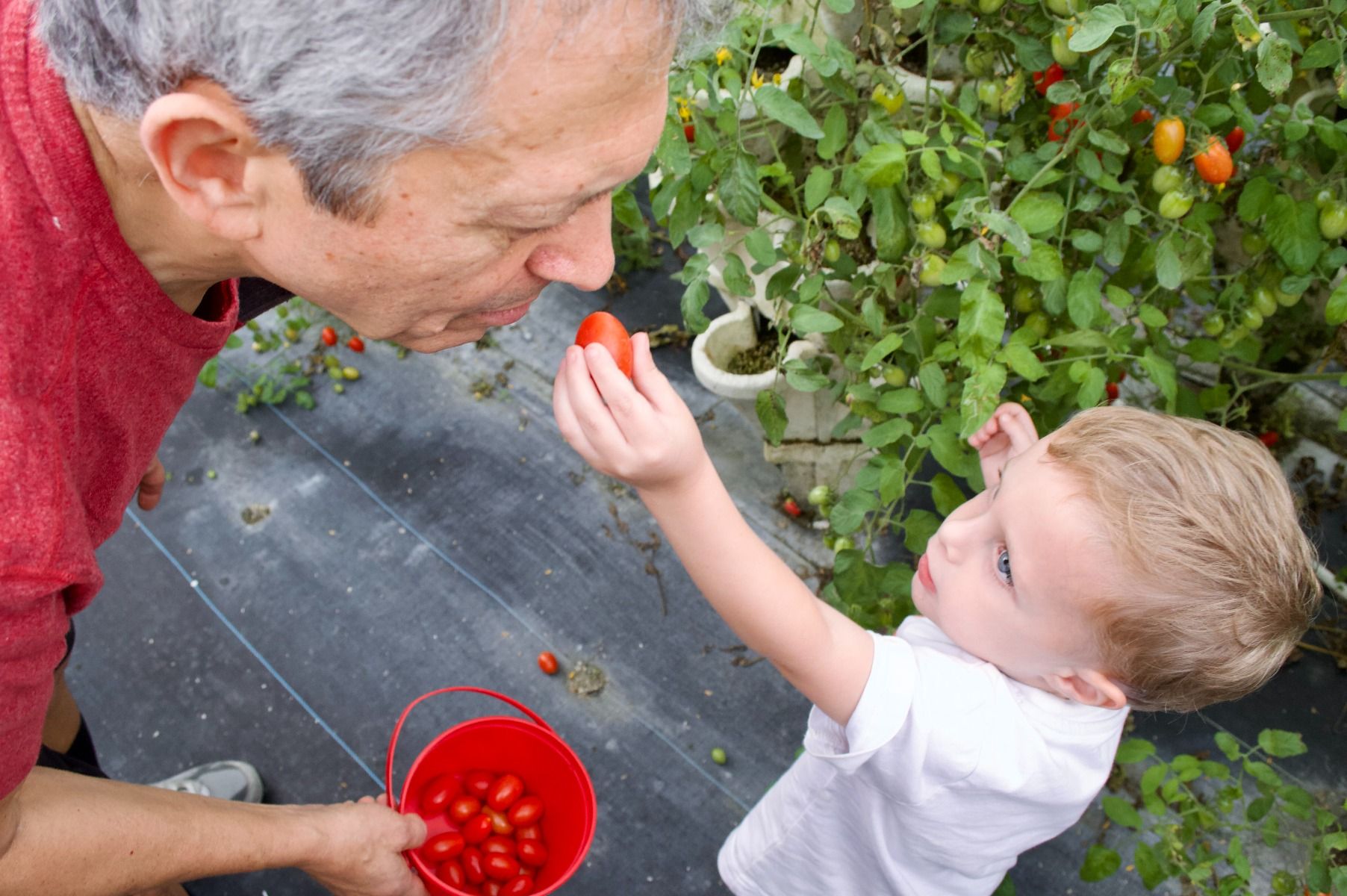
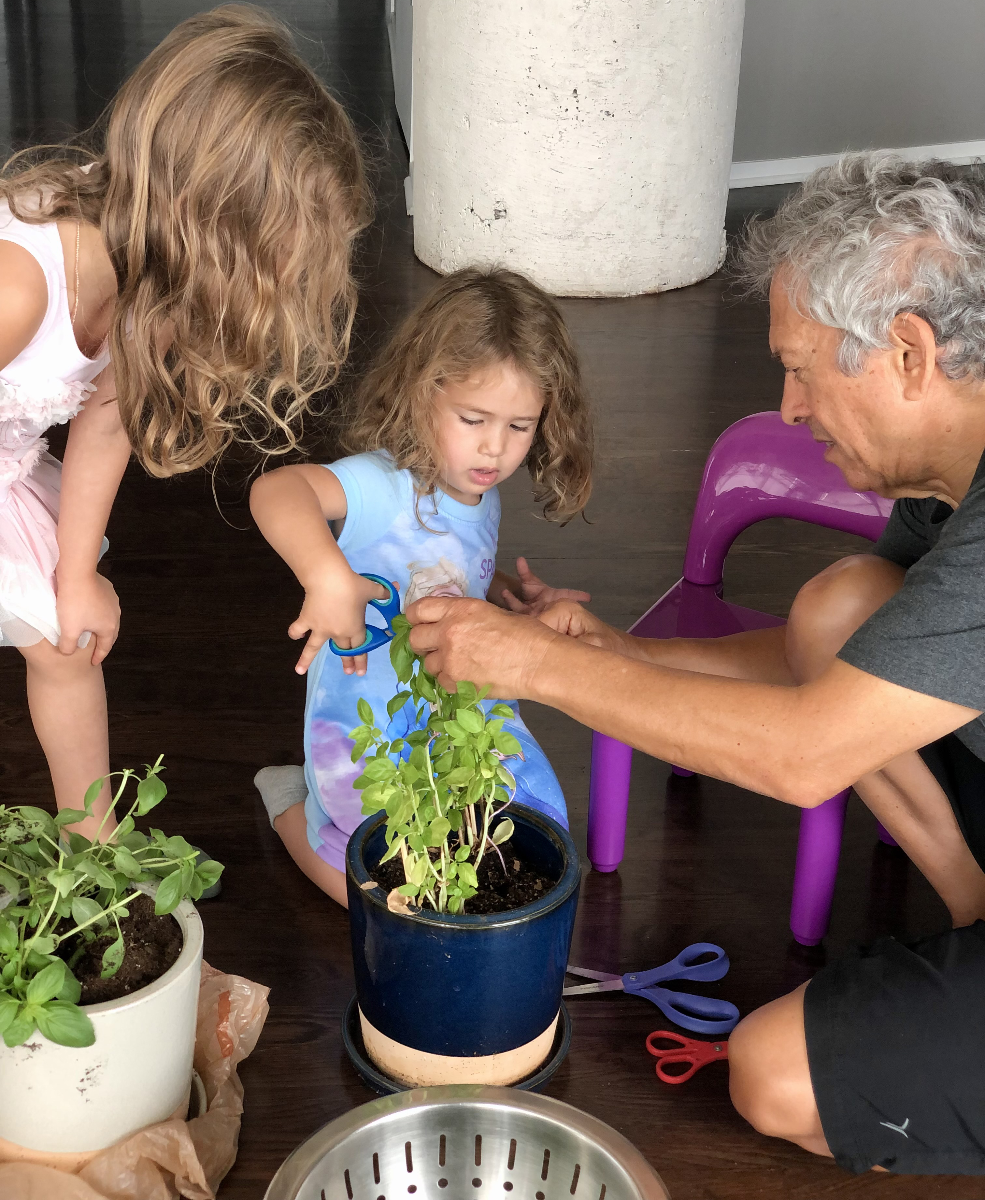
Make sure to read The Miracle Seed or add similar titles to your JLG Book Box!
@eerdmans
@MartinLemelman
